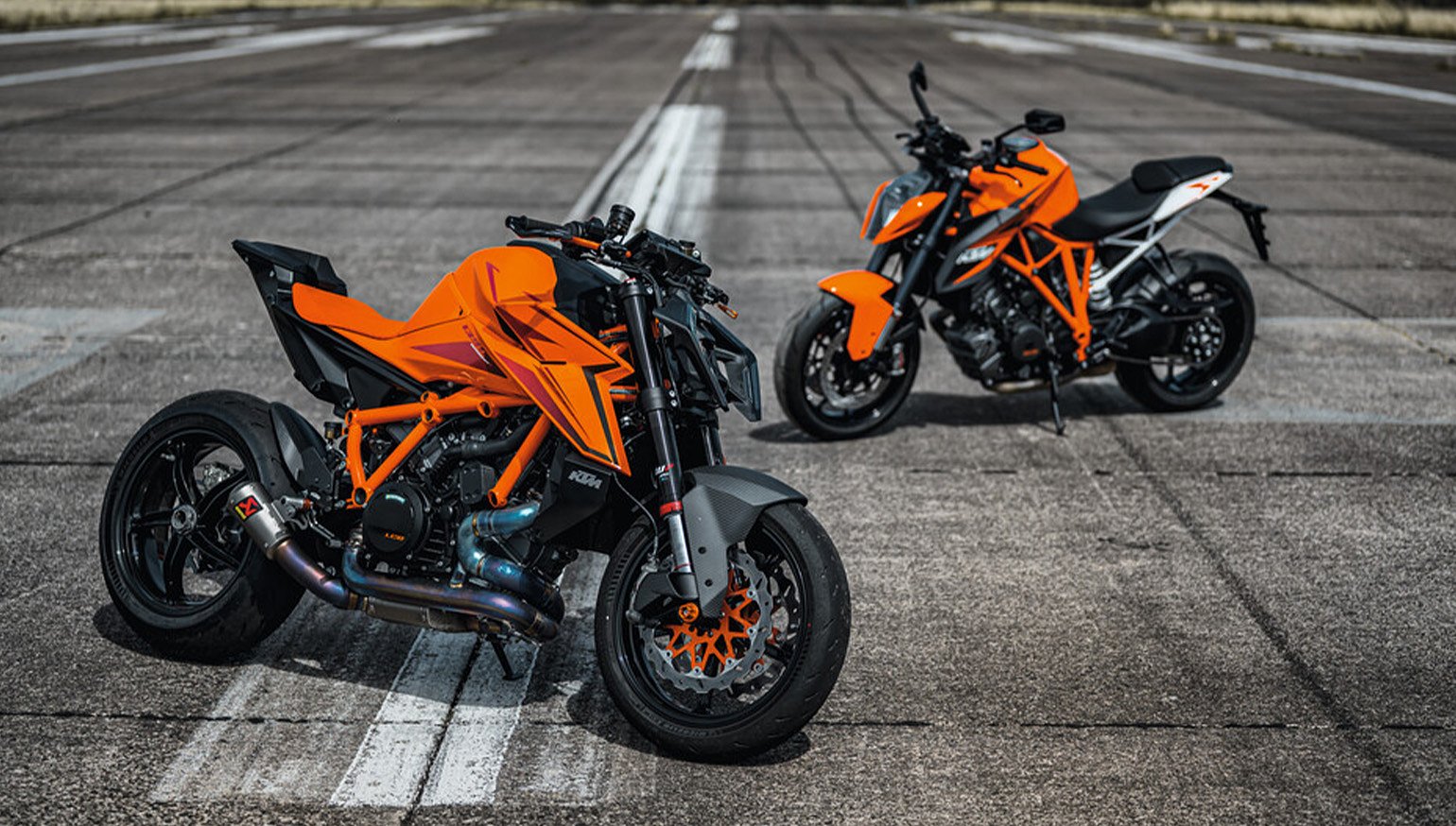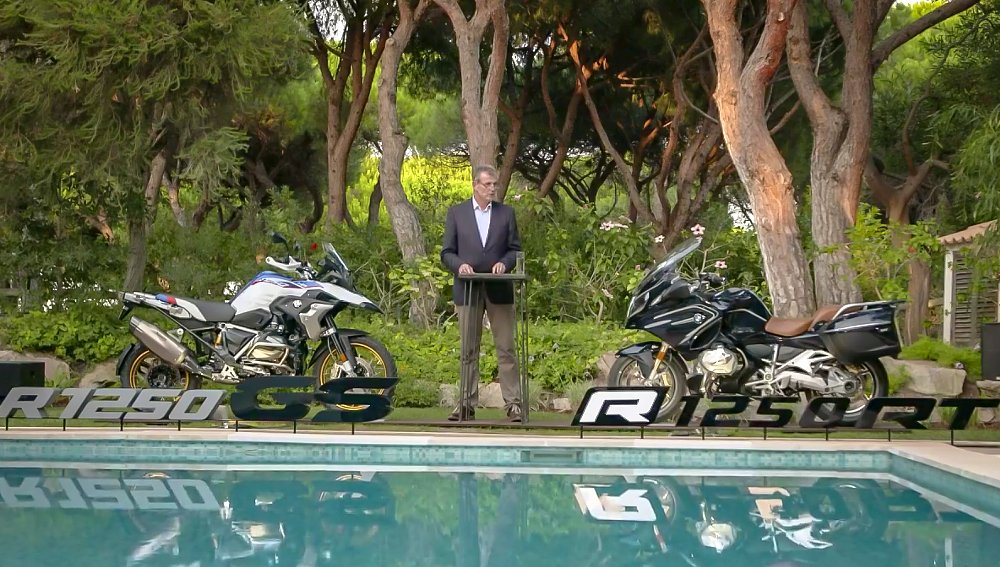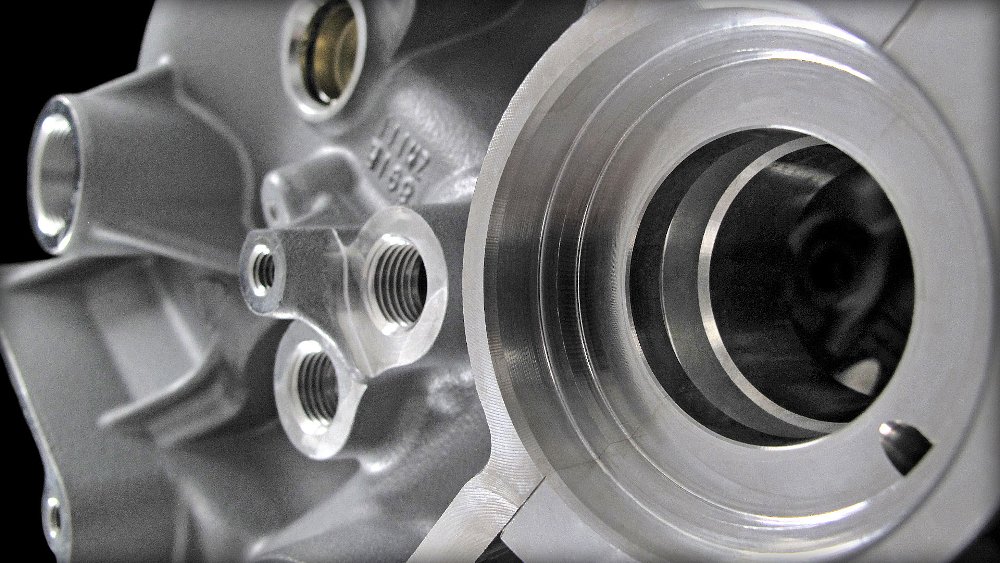Let’s play a game. I’ll list two engine sizes. You tell me the motorcycles I'm thinking of that they belong to. Ready?
The sizes are 1,300 cc and 1,350 cc. Here's a few hints. It isn’t the Honda VTX 1300 or the Suzuki Boulevard S83. I'm not thinking of the V-Star 1300 nor the Harley-Davidson FXR, either. If you guessed the Yamaha FJR1300 or the Suzuki Hayabusa, you’re close, but no cigar. Give up? The correct answer is — drumroll, please — the 2024 BMW R 1300 GS and KTM 1390 Super Duke R.
At one point in time, the 1,300 cc category was exclusively reserved for cruisers, comfort-first sport-tourers, and, in the 'Busa’s case, straight-line dragsters. By staking a claim in 1.3-liter territory, BMW’s totemic ADV and KTM’s Super-est of naked bikes find themselves in odd company. If recent trends continue, other open-class adventurers and hyper-nakeds may not be far behind.
In the season-eight premiere of the Highside/Lowside podcast, Spurg, Zack, and special guest Lance “the Silver Fox” Oliver touched on a long-running phenomenon within the motorcycle industry: displacement creep. The R 1300 GS and 1390 Super Duke R were fitting examples. As my colleagues rightfully concluded, OEMs frequently resort to making motorcycles “bigger and more powerful” as a means to “improve” them. However, other factors also contribute to today’s ever-growing bikes.
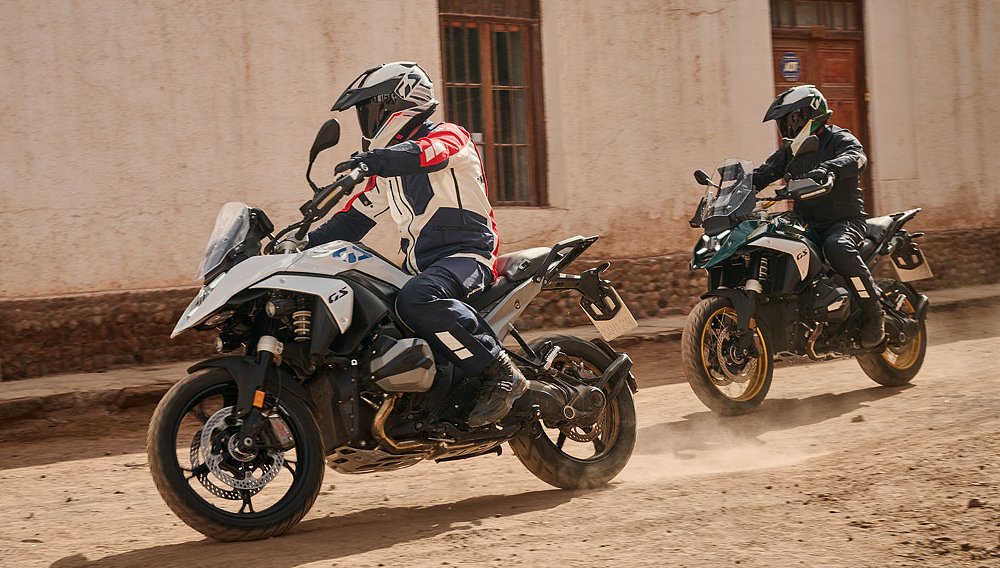
Corked up
No other lineup encapsulates the impact of modern emissions standards like KTM’s Duke range. Team Orange introduced its 790 Duke in 2018, but the parallel-twin platform didn’t arrive stateside until 2019. Just one year later, Euro 5 regulations upended the 790’s short reign, in Europe and beyond.
The new emissions statutes capped carbon monoxide (CO) at 1,000 mg/km (down from 1,140 mg/km), hydrocarbons (HC) at 100 mg/km (down from 170 mg/km), and nitrogen oxide (NOx) at 60 mg/km (down from 90 mg/km). Confirmed by data collected by Kraftfahrt-Bundesamt, Germany’s Federal Motor Transport Authority, the 790 Duke regularly tested under Euro 5’s reduced limits. Those weren’t the only parameters enforced by the new regulations.
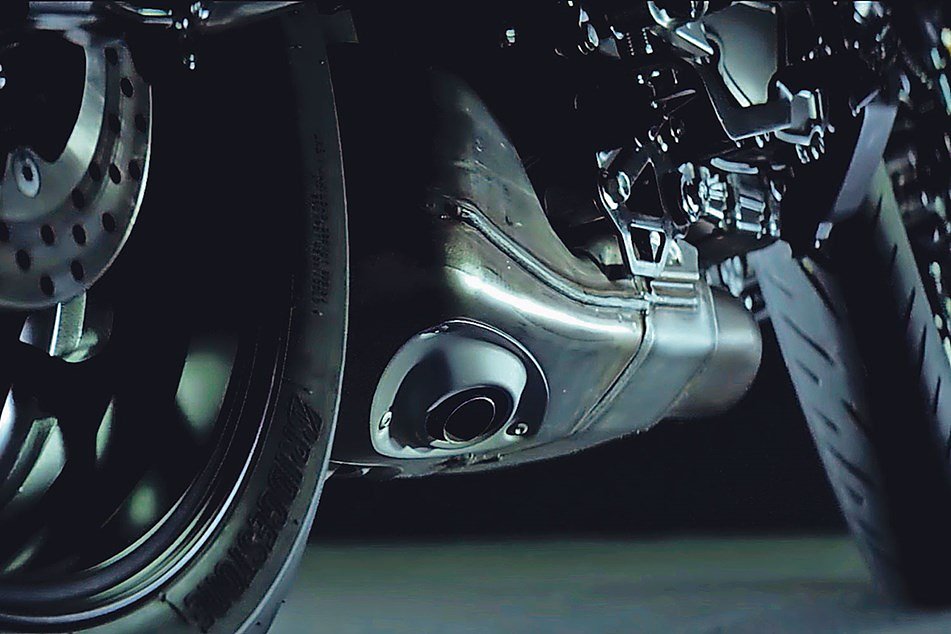
For the first time, new motorcycles were also limited to 68 mg/km of non-methane hydrocarbons (NMHC). Manufacturers had to ensure that a vehicle could meet the stringent standards over its lifetime, as well. This required updates to on-board diagnostics (OBD stage II), including misfire detection and oxygen sensor monitoring. There was just one problem for KTM. With new regulations set to take effect in January 2020, it hadn’t yet developed a Euro 5-compliant 790 Duke.
To keep its hat in the lucrative middleweight ring, the Austrian OEM increased the LC8c twin’s bore to 90.7 mm and stroke to 68.8 mm. The result was an 890 cc engine, which KTM introduced in the 2020 890 Duke R. The displacement bump achieved two objectives. Larger mills generate more power at lower engine speeds. Thus, producing less emissions without sacrificing output (compared to the outgoing model). The 890-spec p-twin not only satisfied Euro 5 standards but also commanded 121 ponies, 16 more than the 790. The Ready to Race brand isn’t the only manufacturer employing this technique.
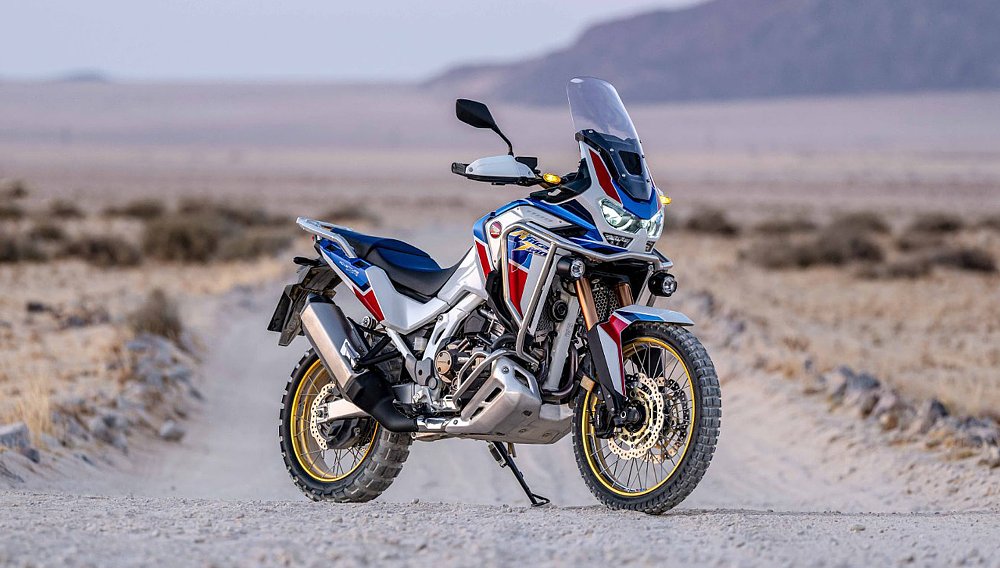
Honda stroked out the Africa Twin’s parallel twin to 1,084 cc (previously 998 cc) and Yamaha took similar measures with its 890 cc CP3 triple (previously 847 cc). Both engines benefit from more horsepower and reduced emissions, according to Kraftfahrt-Bundesamt data. However, not all displacement jumps are in direct response to new regulations.
Other variables
With the R-trim 890 at the top of the range, the 790 Duke hung around until the base 890 Duke replaced it in 2021. It wasn’t gone for long. By 2022, KTM relaunched the 790 Duke in Euro 5 form, but its emissions-meeting tune also yielded a lower 95-horsepower rating. More importantly, the 790 ousted the same 890 Duke that took its place just one year earlier. Its return only laid the groundwork for even more changes in the Duke family.

KTM rolled out the new 990 Duke this past November. With three LC8c configurations (798 cc, 890 cc, and 947 cc) now at its disposal, Team Orange axed the 890 Duke R. In the same month, it announced the 1390 Super Duke R, the long-awaited successor to the 1290 Super Duke R. The V-twin-powered hyper-naked not only grew by 49 cc but also gained variable valve timing (VVT).
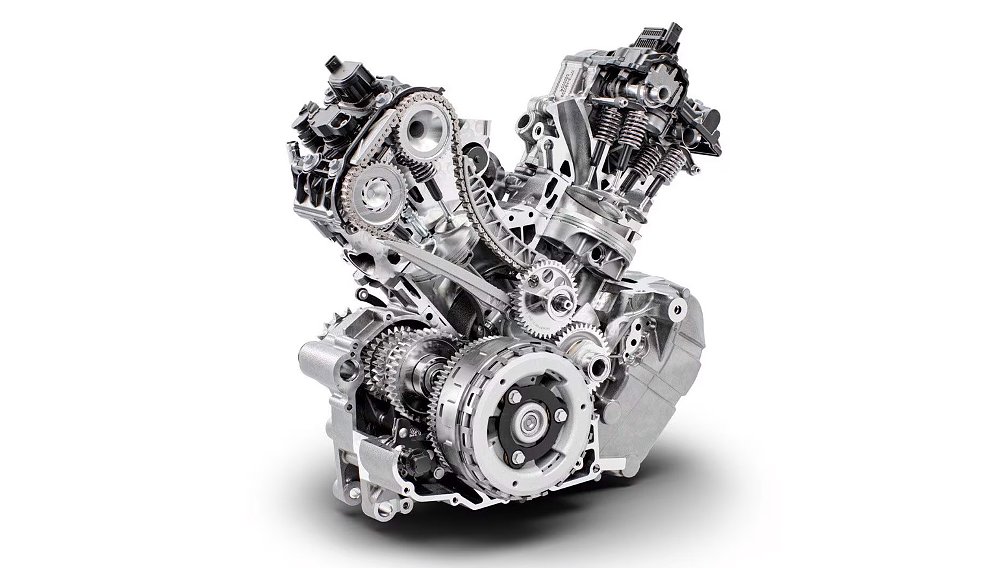
To produce power in the upper rev range, high-performance engines often rely on long valve durations and generous valve overlap (when both intake and exhaust valves are open). The same valve timing applied at lower rpms results in increased HC emissions. VVT systems utilize camshafts with multiple lobe profiles to preserve power in the upper register and reduce emissions at lower engine speeds.
With cam-shift technology integrated into the 1390’s cylinder heads, one has to wonder whether the Super Duke’s displacement nudge was all that necessary. After all, KTM previously ironed out any Euro 5 wrinkles with the 1290’s LC8 V-twin. Plus, Euro 5+ regulations (enacted on January 1, 2024) only strengthen durability testing and OBD II protocols, not emissions allowances.
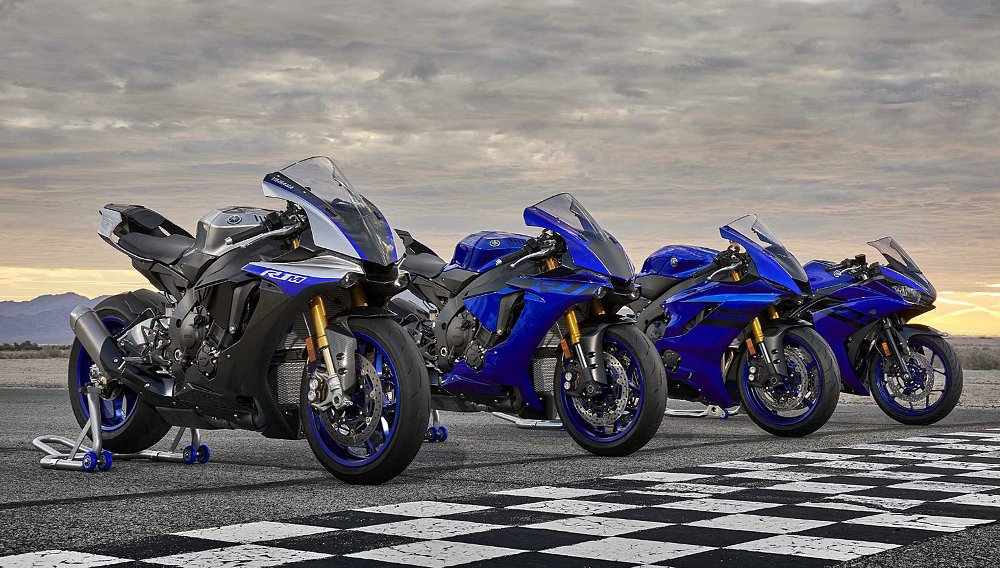
Nevertheless, 1390 is the new benchmark for KTM, which is a far cry from the 990 Super Duke of yore. Released in 2005, the original Super Duke arrived with a 999 cc V-twin that produced a claimed 120 horsepower (at 9,000 rpm) and 73.8 foot-pounds of torque (at 7,000 rpm). The 2024 990 Duke’s parallel twin is rated at 123 horsepower (at 9,500 rpm) and 76 foot-pounds (at 6,750 rpm). The old 990 weighed 394 pounds dry (claimed). The new 990 tips the scales 395 pounds wet (claimed). See any similarities?
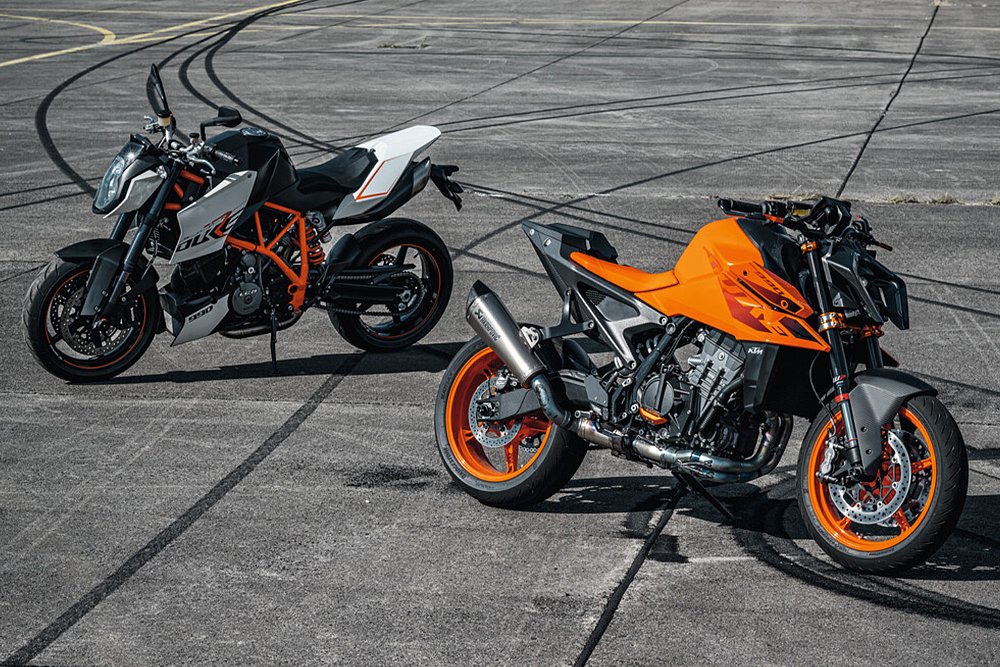
In less than 20 years, the Super Duke’s V-twin has grown by 351 cc. That’s nearly the size of the entry-level 390 Duke. KTM’s super-sized naked bike series represents an extreme case, but it’s indicative of the industry at large. And motorcycles aren’t alone. Similar practices are just as prevalent in the automotive world. That begs the question, who’s the real driver of displacement creep? Regulators, manufacturers, customers? The answer is yes.

Conclusion
Customers expect improvements over time. Manufacturers do their best to deliver with every generation. Tightening emissions standards demand cleaner-running vehicles. Making a bike “bigger and more powerful” is often the solution to all three. So, what’s to stop the GS from growing to 1,400 cc? How far off is a 1490 Super Duke? If European emissions timelines provide any hints, manufacturers will have one less reason to increase engine volumes. At least for the foreseeable future.
E.U. authorities have yet to establish Euro 6 standards for motorcycles, let alone a date to implement such mandates. When (not if) Euro 6 regulations go into effect, they will likely align motorcycle emissions limits with Euro 7 standards proposed for automobiles. That includes a lower carbon monoxide ceiling (500 mg/km). Until then, new emissions restrictions won’t force the hands of OEMs. That doesn’t mean displacements won’t continue to creep upward, however.




